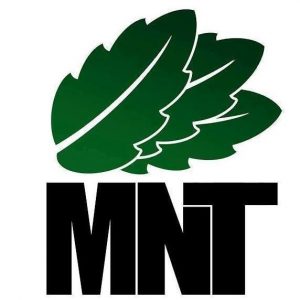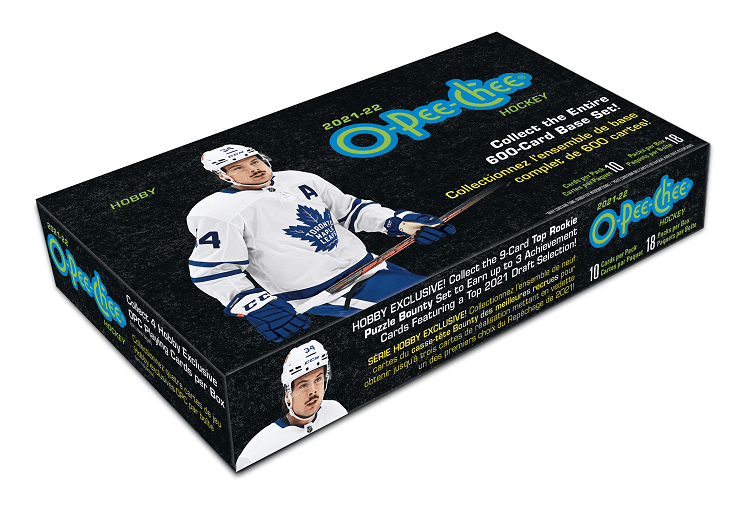O-Pee-Chee
A company that manufactured trading cards for several year in the 1900’s. Upper Deck currently owns the rights to the name.
OBO
Abbreviation for ‘Or Best Offer’.
OC
1. Abbreviation for ‘Off-Center’
2. Abbreviation for ‘Original Content’
OPC
Abbreviation for Upper Deck’s O-Pee-Chee line of hockey cards.
Pack
Other than single cards, the lowest denomination of product you can buy. This contains 1-60 cards depending on the product (look for information on the wrapping).[UD]
Pack Searcher / Searching
A person who goes through all the packs in a retail box in an attempt to find special or hit cards. Pack searchers will often use scales to weigh the packs and find the ones that seem different or out of place (as they likely contain hit cards). Other techniques include using magnets, and/or bending and manipulating the cards (this creates a potential for damage). Some trading card manufacturers, such as Upper Deck, have taken steps to deter pack searchers (such as inserting stiff cardboard or dummy cards). While not illegal, pack searching is considered to be in poor taste in the trading card hobby.
Parallel
A serial numbered version of another card. Parallels typically have the same design and photo, but offer different higher-end colour schemes with limited numbering.[UD]
Parkhurst
Company that manufactured trading cards in the 1900’s. Upper Deck currently owns the rights to the name.
Patch Card
Card that features a cut patch from a player’s jersey. Common patches include jersey numbers, team names, team logos, and league logos.[UD]
PC
Abbreviation for ‘personal collection’ (see below).
Personal Collection (PC)
A collector’s favourite cards: these cards are usually the centrepieces of a collection and are not up for trade or sale.[UD]
Personalized
The autographed item has the owners name on it written by the signer.
Photoshopped
An image that has been digitally altered using Adobe’s Photoshop software or other similar image editing software.
In terms of collecting, it refers to a card being digitally altered from its original state, either to make a card appear genuine, or just for fun.
Player Collector
A collector who focuses on specific players.[UD]
Print Defect
Defect on the card caused during the printing process of the card.
Printing Plate
A plate that was used to print trading cards. These ‘cards’ are considered to be one of a kind, and come in the four printing colours: black, cyan, magenta, and yellow.[UD]
Pull
1. The term for getting a card out of its package, box, or case. Usually referred for valuable cards.
2. A valuable card. See also ‘hit’.











































